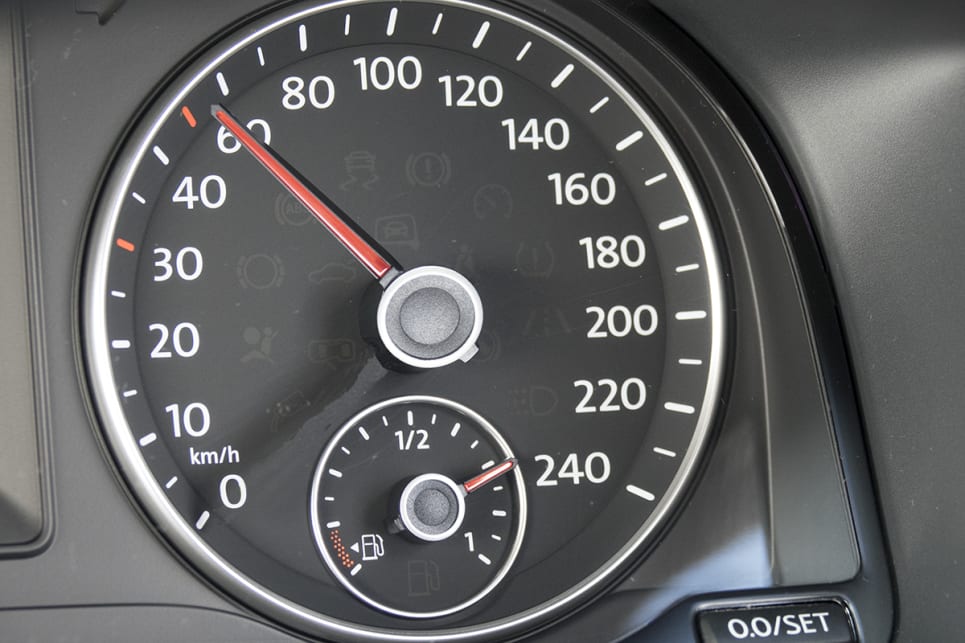
Is it illegal to go five km over the speed limit?

Yes, as we all know, it's illegal to drive above the posted speed limit at any time. Ever.
It doesn’t matter if you’re going to miss the first five minutes of The Bachelor, or whether you were overtaking a truck, there are zero allowable excuses to driving above the speed limit in the eyes of the law.
And that includes during an emergency, where emergency services expect you to call them and have operators trained in high-speed driving respond as it is safer than having members of the public racing through the streets in unchecked cars (that also have no emergency lights or sirens).
When you see a numerical speed sign on a white background, that is the posted speed limit and the maximum permissible speed you are allowed to travel at on that piece of road. Yellow numerical speed signs are suggestions for upcoming corners, hazardous stretches, or tricky sections of road (including causeways, dips, blind crests, corners, downhill stretches, and more).
Speeding not only carries huge risk or being injured or killed in a crash, the financial penalties are massive. These range from fines of $100 (speeding within 9km/h of limit in Tasmania), up to $2350 for 45km/h over the limit in NSW, but there is far worse for drivers feeling the need for speed.
Australian licences allow a maximum of 12 (or in some cases, 13) demerit points. Nearly all on-road offences carry demerit point penalties and, once you’ve reached your 12 (or 13) then you lose your licence.
The minimum suspension is three-months, and these increase in severity with the weight of the law that is broken. For instance, if you are caught over 45km/h over the speed limit in NSW you instantly lose your licence for six months (minimum).
For P1 provisional and learner permit holders if you are caught speeding you lose your licence instantly on the first offence. So, ask yourself if losing your freedom to go for a drive is worth breaking the speed limit before you put your foot down.
The list of speeding offences for NSW can be found here, Queensland, Victoria, Western Australia, South Australia, Tasmania, and the ACT.
This article is not intended as legal advice. You should check with your local road authority to verify the information written here is suitable to your situation before driving in this manner.










Comments